-
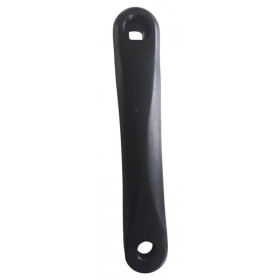 New productAluminium left crank 170mm
New productAluminium left crank 170mm- €9.99
-
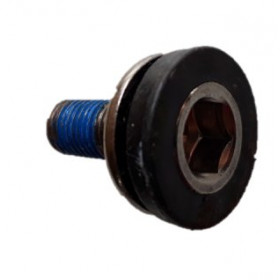 New productScrew for crank axle square
New productScrew for crank axle square- €2.99
-
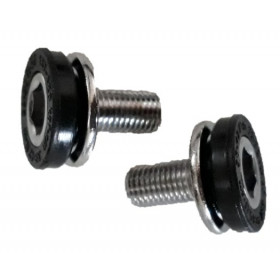 New product2 screws for cranks axle square
New product2 screws for cranks axle square- €4.49
-
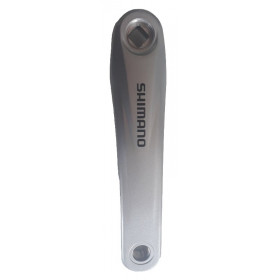 New productLeft crank Shimano FC-M391 170 mm
New productLeft crank Shimano FC-M391 170 mm- €38.99
-
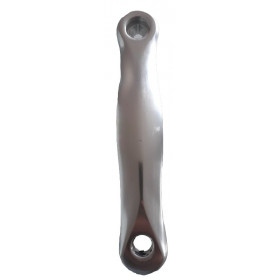 New productBicycle left crank Atoo square 170 mm
New productBicycle left crank Atoo square 170 mm- €8.99
-
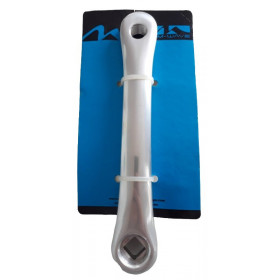 New productBicycle left crank square 170 mm M-wave
New productBicycle left crank square 170 mm M-wave- €8.99
-
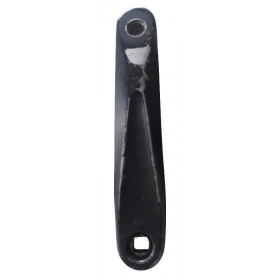 UsedLeft crank FSA 170 mm
UsedLeft crank FSA 170 mm- €4.99
-
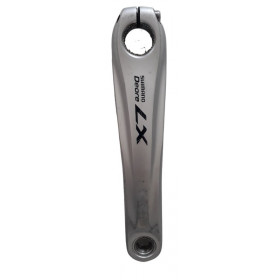 UsedLeft crank Shimano Deore LX FC-T661 170 mm
UsedLeft crank Shimano Deore LX FC-T661 170 mm- €17.99
-
 New productLeft crank Shimano Deore LX FC-T661 170 mm
New productLeft crank Shimano Deore LX FC-T661 170 mm- €24.99
-
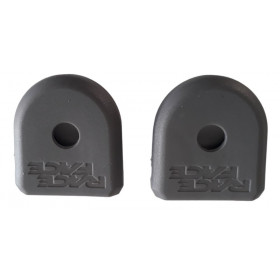 New product -60%Carbon cranks boot Race Face grey
New product -60%Carbon cranks boot Race Face grey- €6.00
- €14.99
-
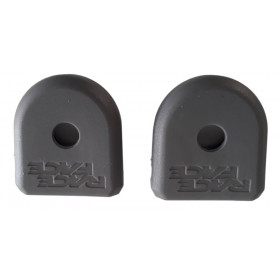 New product -60%Carbon cranks boot Race Face Sram Shimano grey
New product -60%Carbon cranks boot Race Face Sram Shimano grey- €6.00
- €14.99
Showing 1-11 of 11 item(s)
The crankset on a Fat Bike is a crucial drivetrain component that transfers the power generated by the rider to the bike's wheels, thereby influencing propulsion, handling, and overall performance when riding on a wide variety of terrains, including snow, sand, mud and rough trails. Here is a description of its function, its characteristics and the associated standards:
Function :
Power transfer: The crankset transfers the force exerted by the rider on the pedals to the chainrings, which then drive the chain and move the bike forward. It plays a crucial role in propelling the bike and accelerating over varied terrain, especially on loose or uneven surfaces.
Features :
1. Single or double tray:
Fat bike cranksets can be equipped with a single chainring (1x) or two chainrings (2x), depending on the rider's preferences and terrain characteristics. Single chainring setups are more common on Fat Bikes due to their simplicity, lightweight, and ability to better handle harsh conditions.
2. Wide trays:
The chainrings of Fat Bike cranksets are often wider than those of traditional bikes to accommodate wide tires and provide better traction on varied terrain. They may have special teeth designed to hold the chain in place and reduce the chance of derailment, especially on rough terrain.
3. Construction material:
Fat bike crankset chainrings are generally made of aluminum or steel to combine lightness and strength. Some high-end models may be made of carbon to further reduce weight while maintaining the stiffness needed for efficient power transmission.
4. Channel Compatibility:
The crankset must be compatible with the chain used on the bicycle to ensure optimal operation of the transmission. It is important to choose a crankset suitable for the width and type of chain used, especially on Fat Bikes equipped with multi-speed drivetrains.
Standards:
1. Bottom bracket interface:
Fat bike cranksets typically use common bottom bracket interfaces such as the ISIS standard, Octalink standard, or Hollowtech II standard. It is important to choose a crankset that is compatible with the bottom bracket interface of the bicycle frame.
2. Crank Compatibility:
Fat Bike cranksets are designed to be compatible with a variety of cranks and crank arm lengths to accommodate rider preferences and bike frame geometry.
In summary, a Fat Bike's crankset is a crucial drivetrain component that transfers power from the rider to the bike's wheels. With features such as one or more wide chainrings, sturdy construction material and chain compatibility, it delivers optimal performance for a comfortable and efficient cycling experience on a wide variety of terrains.
